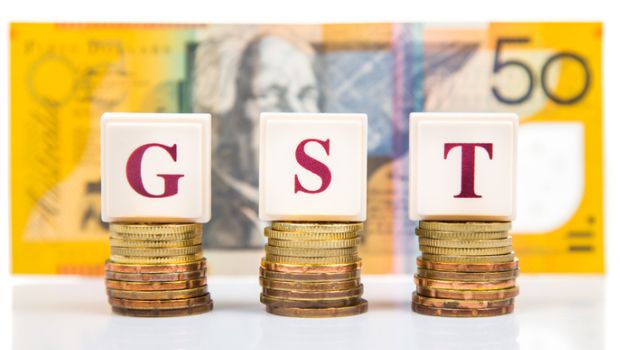We all know that with effect from 1st July 2017, we have to pay GST. GST is Goods and Services Tax. GST has replaced various indirect taxes such as SERVICE Tax, VAT, EXCISE, etc. except customs in India. The main reason behind this was to consolidate all indirect taxes into one, thus making it “ONE NATION, ONE TAX”. There were several loopholes and limitations in the previous indirect tax regime which compelled the Government to modify the tax structure.
Before enumerating the benefits and effects of GST, I would like to explain certain basic concepts.
Have you ever gone to a grocery store to buy food products? If not, you certainly must be enjoying a movie in a multiplex or fine dining in a restaurant. Do you know that as a consumer for all these goods and services you have to pay tax? This tax is known as indirect tax. Of course, this tax is deposited by manufacturers and businessmen, but the ultimate burden is on us “Consumers”.
As the consumer is placed last in the supply chain and as the user of such goods and services, it is important to know how GST will benefit consumers.
So, here are the effects and benefits of GST on Consumers:
1. Reduction in the price of goods and services:
GST is a value-added tax that is collected at each level of a supply chain. In the earlier indirect tax regime, in certain cases, the tax paid on procurements were not available for setting off the output tax liability. For e.g. the excises paid by manufacturers were not available for set-off against State-level VAT. So what they did was suppose the manufacturing cost was Rs.100 and the excise paid on it is Rs.12.5. Now, as he won’t get the credit of excise against VAT or Service tax, he will not include or pay VAT on 100 but will make the bill of 112.5 at the time of sale and thus VAT will be charged on Rs.112.5. This is nothing but an increase in cost ultimately. It is known as the cascading effect of tax i.e.( tax on taxes). In GST this cascading effect shall be removed as the Input Tax Credit (ITC) shall be available for all goods and services at each and every stage of the supply chain. So, now the final price of goods and services is expected to be lower due to the seamless flow of ITC between the manufacturer, retailer and service provider. This shall lead to a reduction of cost thereby reduction in prices which is charged to ultimate consumers.
2. Uniform prices throughout the country
In the previous tax regime, we had State Value Added Tax (VAT) which was levied on Sale of goods. As the rate of tax was different from States to States, there was variation in prices. Also, certain taxes and duties (eg. entry tax) was levied only in certain states. As GST is ONE NATION ONE TAX, there is a uniform price for all the products and services throughout the nation, there does not arise any such complexities.
See more- GST Advantage for Start-ups
3. Trust in Simpler Tax System:
The previous indirect tax structure was very complicated to understand for a layman. GST will increase the level of transparency and trustworthiness of the Consumer on Tax Administrators as well as Business because everything is computerized. This shall boost the trust of consumers in a simplified tax system.
4. Better accessibility of goods and services
As all the goods and services are charged one rate across the nation, the consumer does not travel across the states to make purchases for the purpose of saving tax. Further, the online shopping companies will plan their operations to reduce the lead time, while managing the warehousing facilities, which today are contingent on filling complexities of the present tax structure.
Above all points showed how the GST can benefit the consumers, but there is an adverse effect which is enumerated below:-
5. To Burn a hole in the consumers pocket in the name of cess and costlier Services
There were many exemptions provided for various Services earlier. But under GST exemptions have been given only where necessary. Thus, the businessmen will pass the ultimate economic tax burden to the consumers. Also on certain goods like tobacco products, aerated water, motor cars; additional cess is being levied which is known as “compensation cess”; thus making the goods costlier. Moreover, certain services such as accommodation in hotels, work contracts, movie tickets, etc. to get costlier as previous service tax charged was around 15% and the current GST rate charged for them is 18% or 28%.
Conclusion
GST, the biggest tax reform in the country has kicked in. Although the goods and services get cheaper on account of ITC available to most of the goods and services, and certain exemptions available thereon, there has been a drastic increase in the rate of taxes on various things. Going to McDonald’s, Dominos, restaurants can get costlier for a middleman. It’s like the government thinks that when one can afford to eat outside, he/she can afford to pay a little extra for that. But that little extra can be paid by higher middle class or rich people. The lower middle class can’t afford this increase in rates.
So, it will be good if a consumer makes the analysis of the applicable rates and then make purchases or consume the services according to his income pattern.

